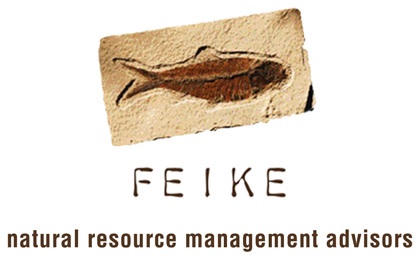Over the past few days, I have repeatedly been asked for my analysis of and what my understanding of the Draft Small Scale Fisheries Regulations, policy and roll-up plan are.
The implementation of the Policy and Regulations is popularly justified as being the panacea for small-scale fishers and fishing villages. In particular, there has been substantial rhetoric about allocating small-scale fishing rights exclusively to co-operatives comprising hundreds and thousands of "fishers". We are told that the intention is to accommodate a whopping 30,000 "fishers"! The reality of course is that what we will achieve is poverty and resource destruction on a coastal scale.
Don't believe me? Well, its awfully simple to understand.
Fact. We currently have some 2200 small scale fishers fishing for abalone, line fish, lobster, hake handline, mussels and oysters.
Fact. The hake handline fishery is an extremely seasonal 3-month long fishery that operates in a very specific geographic area on the Southern Cape coast and can accommodate a maximum of 80 right holders.
Fact. The abalone fishery is in serious biological decline currently accommodating a maximum of 300 right holders. Of the 7 fishing zones, the department's scientists repeatedly state that 4 of these zones need to be closed to fishing.
Fact. With respect to lobster, the fishery was determined to be able to accommodate some 850 right holders back in 2004/5 each holding economically viable small-scale quotas. The inclusion of an additional 2000 "interim relief" fishers since 2007 has decimated stocks to the point where lobster is 97% overfished now. Not that these 2000 interim relief fishers have access to biologically or economically viable quotas. Their allocations are in fact nothing more than poverty traps worth less than R15,000 annually.
Fact. There is therefore no additional fish to be allocated. So, the fish that was shared amongst 2200 fishers is now expected to be shared amongst 30,000 fishers! One does not have to be a rocket scientist to immediately appreciate the ensuing poverty. Consider this statistic. We currently have 850 nearshore commercial lobster fishers who each have some 500kg of lobster each season (500kg of lobster is worth R100,000 before tax). DAFF's proposal is to add an additional 30,000 "fishers" to the small-scale pool via co-operatives. Lets assume that of these 30,000 fishers, 10,000 "fishers" are located on the west coast where our lobsters are located. Simple maths would mean that each fisher would effectively get 42 kilograms of quota per season! This would earn each fisher an effective R8,500 per year! And let us not forget that the TAC for lobster has declined by 29% over the past 2 seasons alone. Within 5 years, annual allocations will be less than 30kg per person per season!
Line fishers would essentially get 1 snoek each per season to harvest!
Unless DAFF intends to magically increase our nearshore fishery biomass 13-fold, it is incomprehensible as to how 30,000 fishers can be accommodated in our nearshore sectors ... and that is assuming that there are 30,000 fishers.
So, pray tell, can anyone who supports the proposed small-scale fisheries regulatory framework explain to me how it will alleviate poverty, recover our overfished and collapsed nearshore fish stocks and help coastal communities?

No comments:
Post a Comment